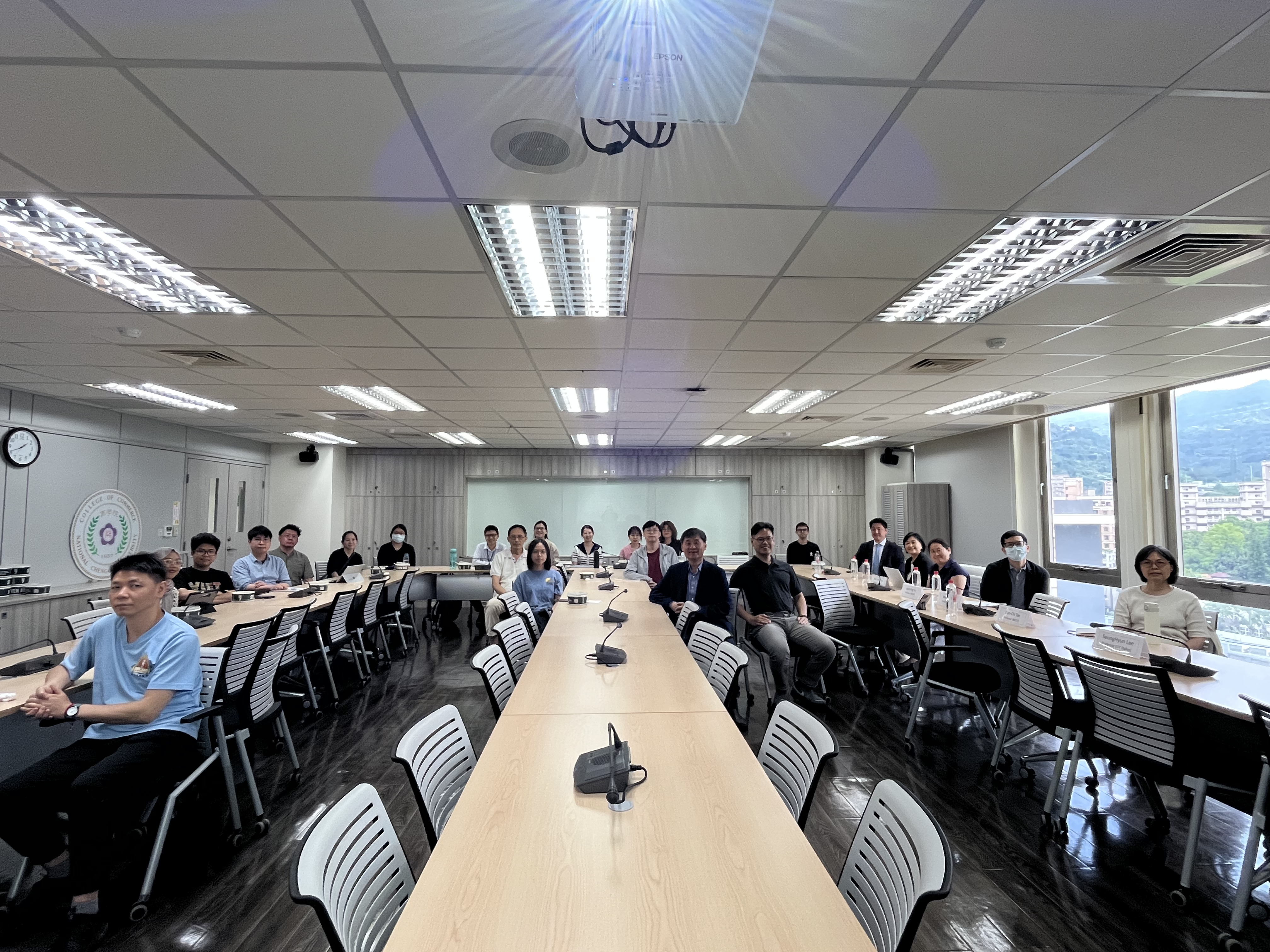Professor Lee’s talk centered on the relationship between lobbyists' donations to politicians and their methods of balancing these monetary relationships in the wake of public demands to sever ties with controversial politicians. The presentation introduced the topic by referencing the January 6, 2021, storming of the U.S. Capitol building by Trump supporters. Following this event, firms and corporations began to cut monetary ties with Congressional members who voted against the certification of the 2020 election results. Despite public pledges, Professor Lee argues that lobbyists still find ways to maintain relations and influence. Given this premise, the main research question explored how some firms managed to continue supporting politicians subjected to public criticism after having already publicly affirmed to sever ties.
The mechanism for this, Professor Lee explained, is a concept called obfuscation. To obfuscate means to blur the lines. In this context, lobbyists blur the donation process through Political Action Committee (PAC) donations. How they use obfuscation to blur the donation process is, as Professor Lee presents, realized through three different methods.
The first is obfuscation through “brokerage,” where lobbyists and firms can sidestep public pledges through a lobbyist’s personal donation. The second type is through “strengthened bridging.” Lobbyists who hold previous personal ties with a politician might utilize that personal relationship to help firms continue relations, even if the individual is no longer with the firm. Finally, the last method is through “heightened buffering.” If there is a need to maintain relations, and if a firm holds no direct channel for support, they can support a politician through indirect means. Donations are made to an outside firm that then donates to the politician, providing a way for companies to maintain influence without direct public linkage. These modes of obfuscation offer avenues for firms and lobbyists to reconcile opposing demands.
In concluding his talk, Professor Lee highlighted that for firms, the easing of adverse public perception does not negate the need to maintain leverage on Capitol Hill. Obfuscation is thus presented as a suitable means to understand PAC donations and lobbyists’ discrepancy between their public denouncements and their actual donation history.
Through Professor Lee’s presentation, attendees came to understand how the relationship between politicians and lobbyists work as a part of America’s democracy. It was an enlightening talk, further illuminated by engaging questions presented to the speaker by Professors Dan-Chi Tan and Wei-Chieh Su, as well as other members of the audience.




